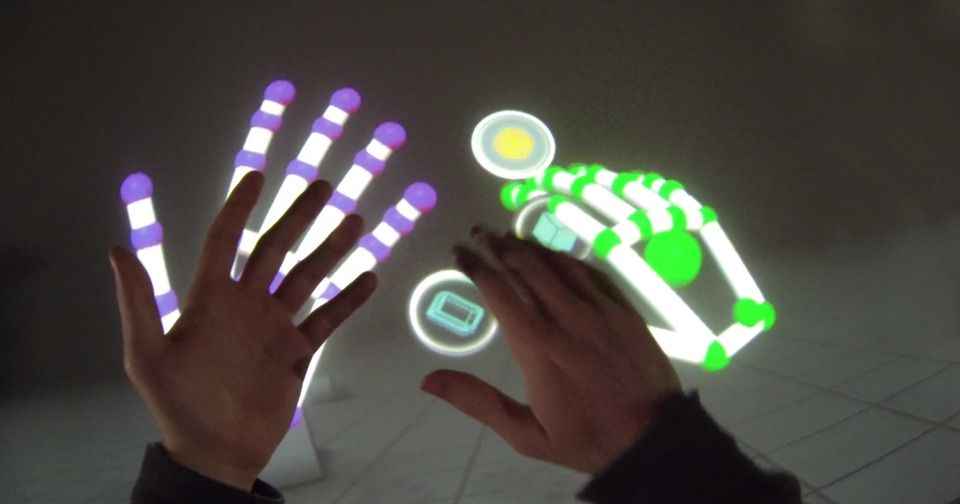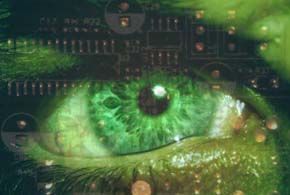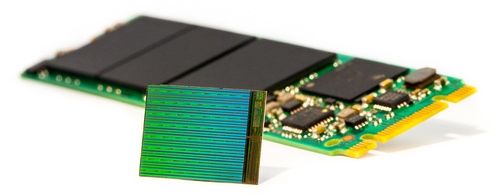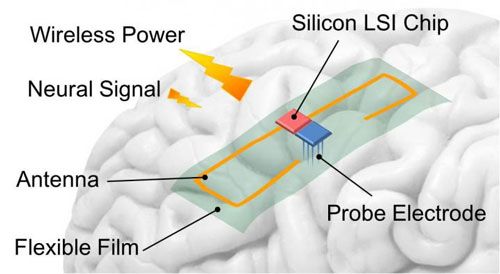Q-Dots in your TV in 2016.
 Hisense plans to introduce a total of 22 TVs to the U.S. market in 2016, including 720p, 1080p, and UHD models. All of Hisense’s 2016 UHD TVs (eight models total) will support High Dynamic Range, and screen sizes will range from 43 to 65 inches. The flagship 65-inch H10 (shown here) will feature both HDR and quantum dot technologies and have a full-array LED backlighting with local dimming. The 65H10C will be available in the second half of 2016 for $2,799.99
Hisense plans to introduce a total of 22 TVs to the U.S. market in 2016, including 720p, 1080p, and UHD models. All of Hisense’s 2016 UHD TVs (eight models total) will support High Dynamic Range, and screen sizes will range from 43 to 65 inches. The flagship 65-inch H10 (shown here) will feature both HDR and quantum dot technologies and have a full-array LED backlighting with local dimming. The 65H10C will be available in the second half of 2016 for $2,799.99
From Hisense Dedicated to continually pushing the envelope with innovative design, technology and value to the consumer, the number-three TV manufacturer globally is looking to achieve the same position within the U.S. with its groundbreaking, affordable, high-quality televisions.
Since introducing its first 4K model in 2013, Hisense has become the fastest growing 4K TV brand in the U.S., a testament to its dedication to R&D expansion, brand building efforts and nimble operations that ensure consistent value is provided to customers and retailers. In addition, Hisense offers an industry leading warranty program, with more coverage than any other brand.
” At Hisense, the customer is central to everything we do–from product concept through post-purchase experience and support,” said Jerry Liu, Chief Executive Officer of Hisense Americas. He added, “as an agile and modern brand, our global and local capabilities allow us to execute new technologies faster than competitors. We look forward to advancing our distinctive offering in the U.S. by bringing more TVs to market in 2016 than ever before, while continuing to provide our customers and retail partners with exceptional performance, choice and high-quality technologies at more attainable price points.”
Demonstrating this commitment to the U.S. TV market, Hisense has announced the addition of 22 new TV models for 2016, from 720p and 1080p to 4K and the next generation of the company’s proprietary ULED technology. As exemplified by the H7 series in 2015, Hisense will expand the global 4K market in 2016 by making HDR processing accessible to the mass consumer with its H8 model. Hisense will also continue to expand its Roku TV line-up and deliver 1.07 billion colors for a seemingly infinite number of shades with its curved ULED technology.





